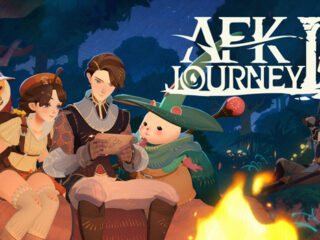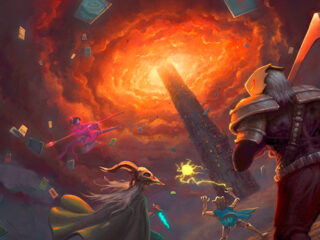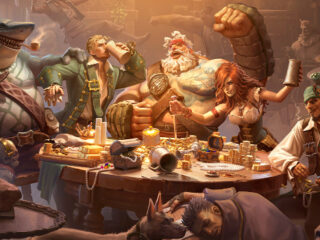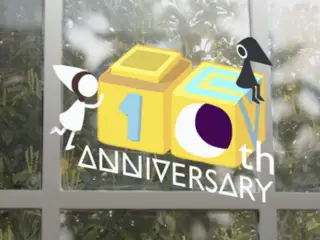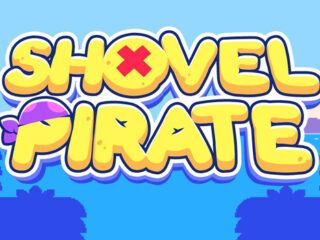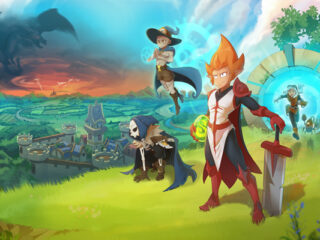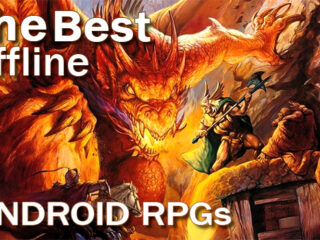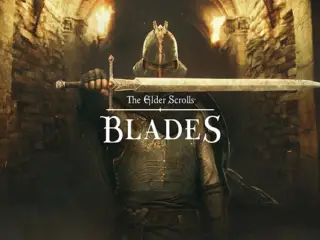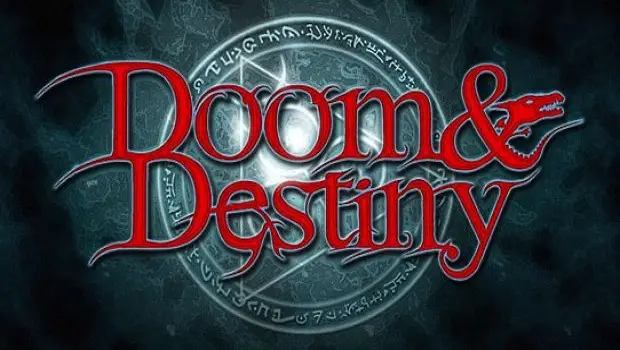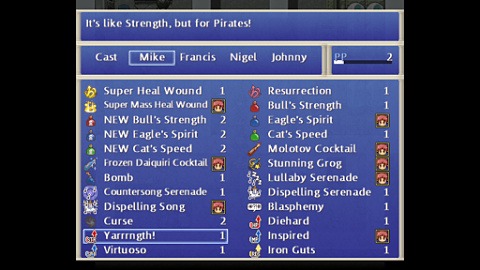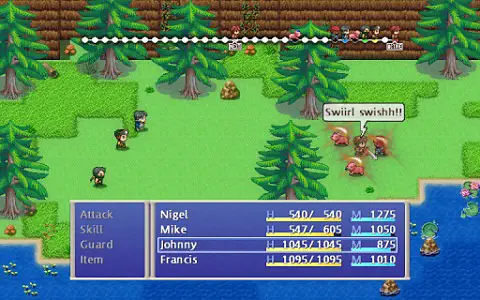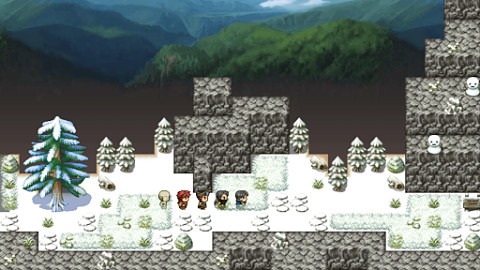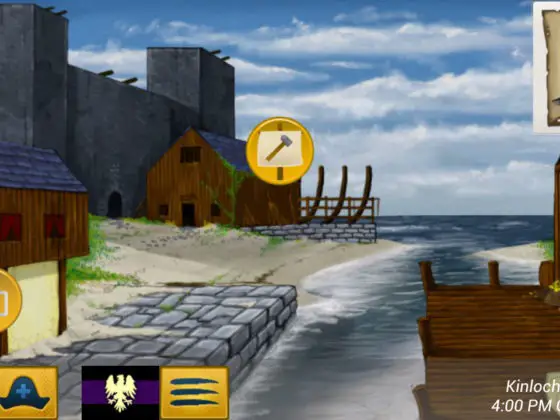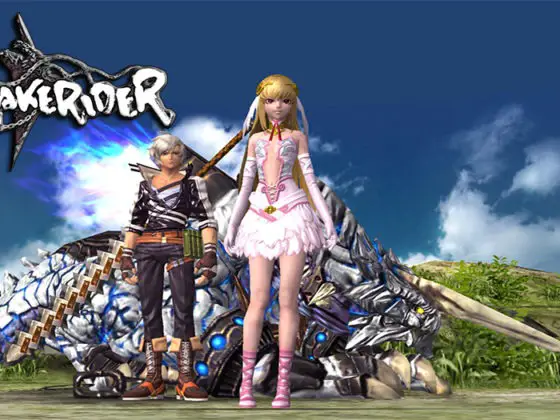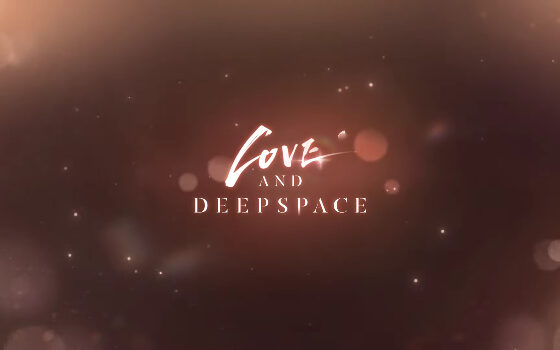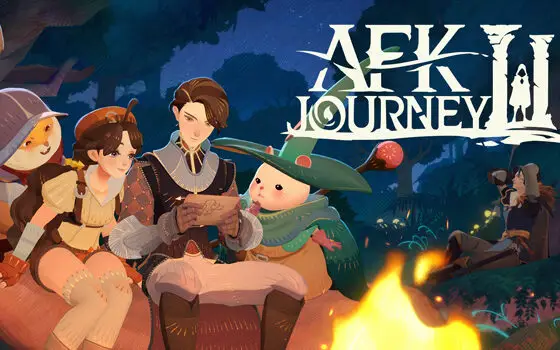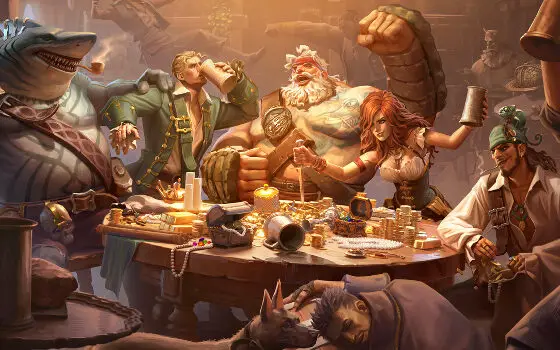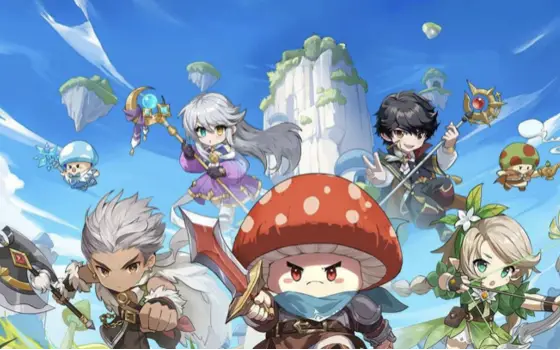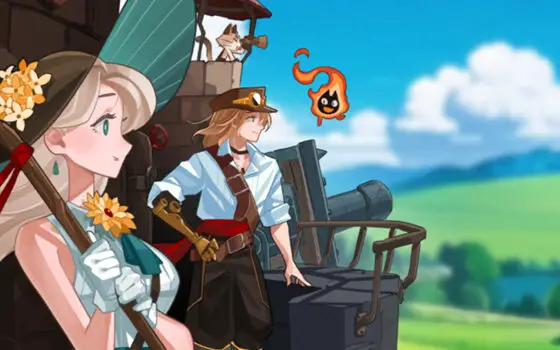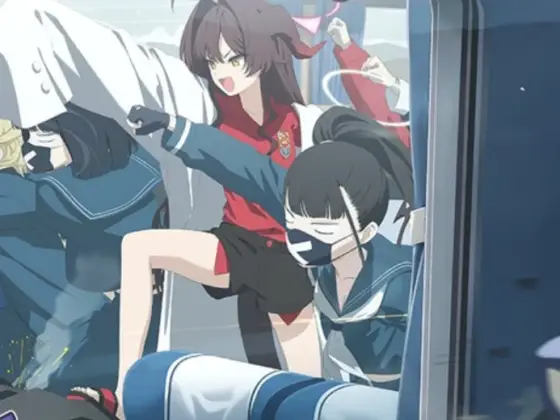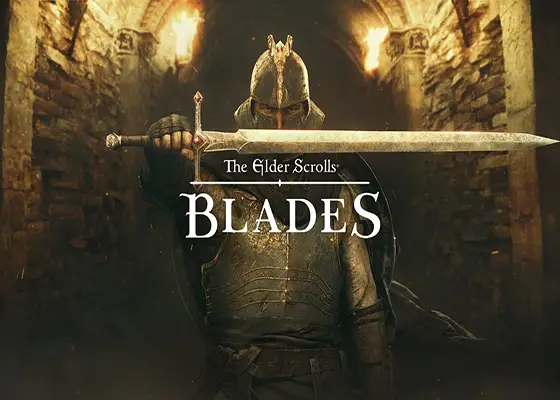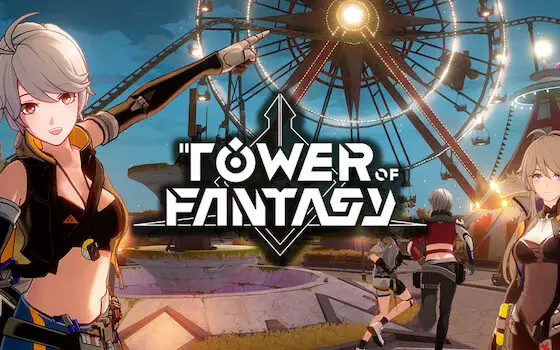 If you’ve never played an RPG before, Doom & Destiny isn’t the place to start. Virtually every joke and piece of dialogue is meta-commentary on the tropes of that gaming genre. For example, when you walk into a pub and see two identical citizens drawn from the same character template sitting at the counter, each of them will exclaim, “The guy next to me looks just like me!” Or when it comes time to rescue the princess, one of the characters asks the villain, “Uh, why did you kidnap her in the first place?” The villain responds mostly with ellipses.
If you’ve never played an RPG before, Doom & Destiny isn’t the place to start. Virtually every joke and piece of dialogue is meta-commentary on the tropes of that gaming genre. For example, when you walk into a pub and see two identical citizens drawn from the same character template sitting at the counter, each of them will exclaim, “The guy next to me looks just like me!” Or when it comes time to rescue the princess, one of the characters asks the villain, “Uh, why did you kidnap her in the first place?” The villain responds mostly with ellipses.
Doom & Destiny loves dropping references to popular RPGs, Zelda in particular. You run into Link early on, even though the characters all assume he’s just some Irish guy. Later, you have to obtain the “Bi-Force” to move forward. Nobody bothers to pretend that the number two is relevant to the quest. Anyone who’s played Zelda is going to be entertained by the idea of a Bi-Force, so the developers ran with it. Doom & Destiny isn’t trying to tell a coherent story. The way it distinguishes itself is by admitting that most RPGs have flaws in their logic—so why not own up to it and include them all?
In terms of gameplay, Doom & Destiny is a standard turn-based RPG. You have four characters in your party: Johnny the Warrior (he’s got strength!), Francis the Ninja (he’s got speed!), Nigel the Magus (he’s got Mana!) and Mike the Pirate (…?) As you beat enemies you gain experience points that can help you improve abilities and attain special skills when you level up. You can also improve abilities by equipping armor, weapons and gear.
If RPGs are new to you, the help section is pretty useless. There are some categories that appear to have multiple pages of “help” but since there’s no way to scroll down it’s impossible to see past the first page. There are occasional references about how certain actions will cost turns, but it’s never actually explained how that works. The enemy log comes in handy, but all of the enemies’ skills are represented by symbols, and there’s no key to decipher them.
As long as you don’t let yourself get flummoxed by the missing details, Doom & Destiny is a lot of fun. There are all sorts of enemies ranging from Orcs to Bards to Blobs of Jelly, and the in-battle dialogue is very amusing. The graphics are nothing to write home about, but for an indie they did a nice job. The characters’ faces are nicely drawn, though they occasionally lack in personality. The environment has nice details, but the artists sometimes struggled when trying to show depth. The attacks look really great, making it all the more satisfying when they yield a ton of damage.
The game is paced nicely such that it takes a while for abilities to develop, so battles stay challenging throughout. One way that Doom & Destiny coddles you a little is that there are always plenty of outposts nearby, so it’s easy to stock up on items that restore Mana and HP. But if you’re playing in Hardcore mode, it’s still going to take plenty of strategy to beat your enemies—no matter how much pizza and beer you have in your inventory.
One gripe I had with the game is that there are a number of translation errors that would make jokes fall flat. This can come with the territory with JRPGs, so when the dialogue stopped making sense, I just skipped through it. And because there’s no story, I didn’t have to worry about missing out on important plot points. As for the content of the dialogue, there’s too much juvenile humor for my taste—extended exchanges like, “Don’t be a butt.” “You’re a butt.” Everyone’s a butt. Some people find this funny, I guess.
My biggest problem with the game was the handling of the controls. The set-up is smart: You can slide your thumb like a 4-directional joystick anywhere on the left side of the screen to make your character move, and then tap on the right side of the screen to confirm a selection or interact with the environment. However, moving the characters with precision was difficult. I would routinely move several spaces more than I wanted to, so trying to enter narrow passages or move around objects was frustrating. Tapping the right side of the screen often registered as a swipe, which kept bringing up the main menu. I did eventually get more comfortable with the joystick function, but I could not escape the reappearing menu page.
It would be a deal breaker if Doom & Destiny were nothing more than a parody of RPGs, but the game stands on its own. The developers at Heartbit clearly have a lot of love for classic RPGs, and the gameplay proves that. There are dark labyrinthine towers, puzzles where you move boxes to clear a path, loads of weapons with silly descriptions, special skills with cool graphics—all the great stuff you remember about the RPGs you played growing up. Doom & Destiny might try too hard to be wisecracker, but it shows reverence in all the right places.
!
Hardcore?
It is.
Doom & Destiny is a solid RPG for people who know and love RPGs. Period.


